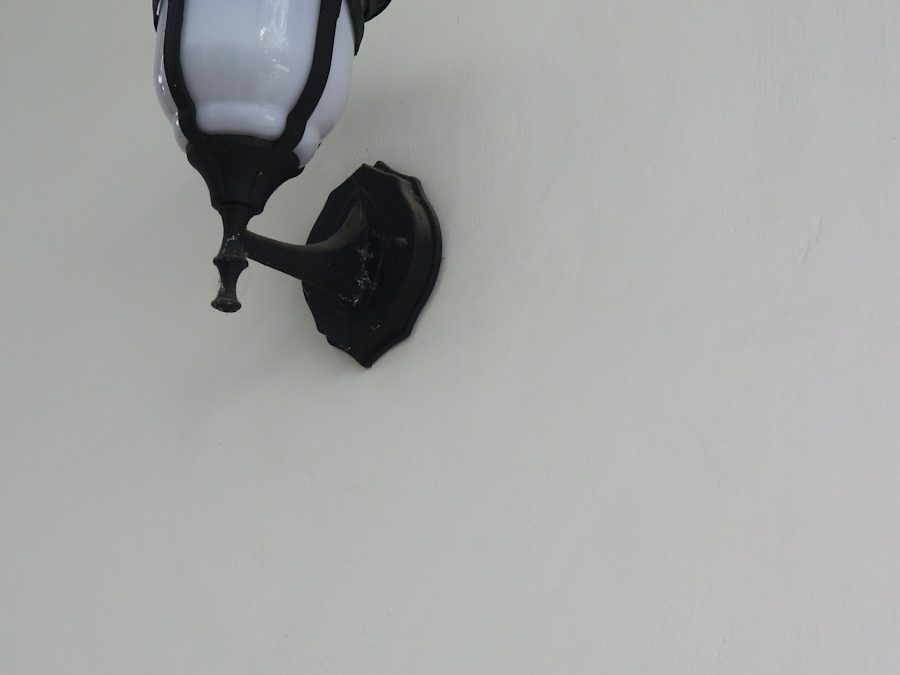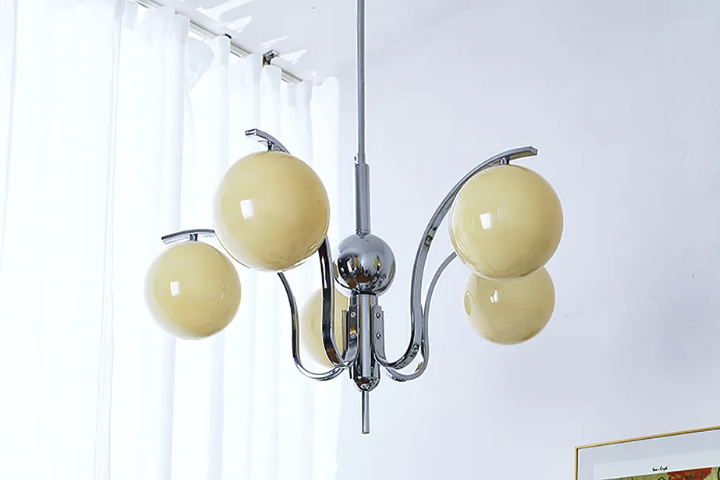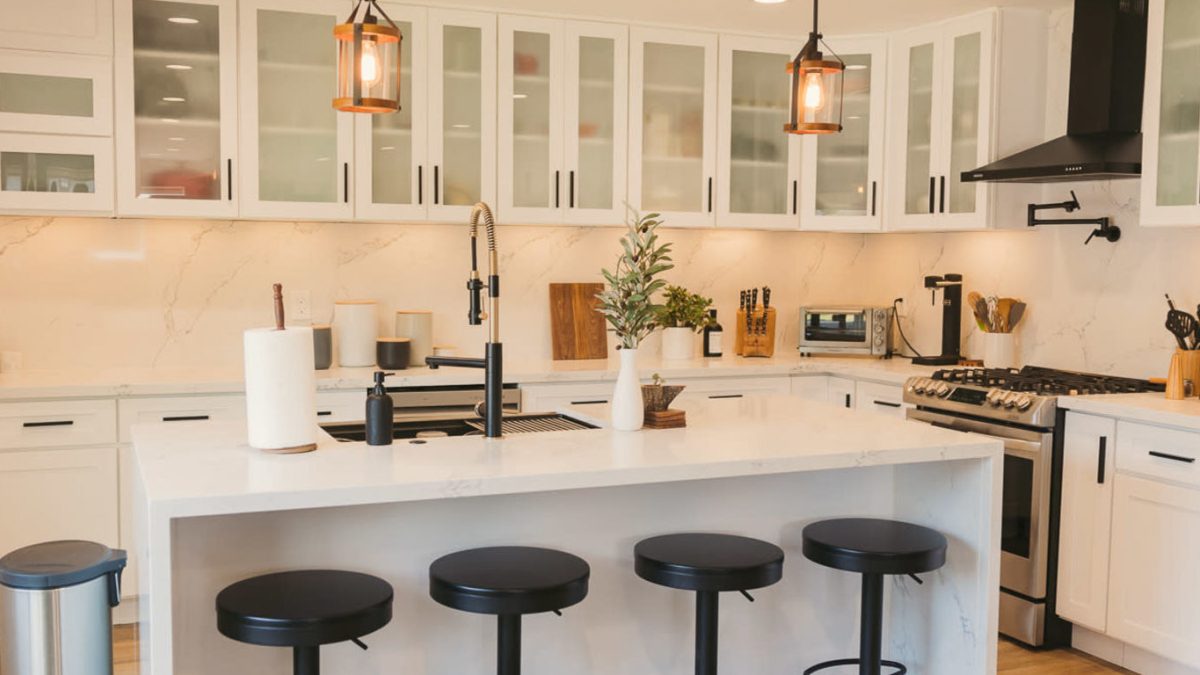Wabi Sabi: The Beauty of Imperfection in Japanese Interior Design
Introduction
Japanese interior design is known for its minimalist, simplistic, and serene aesthetics. It reflects Japanese culture, philosophy, and way of life. Wabi sabi is a concept that epitomizes Japanese interior design. It is an ideology that appreciates the beauty of imperfection, impermanence, and incompleteness. This article discusses wabi sabi in detail in the context of Japanese interior design.
Understanding Wabi Sabi
Wabi sabi is derived from two simple Japanese words; Wabi means humble, rustic, and understated, while Sabi signifies the beauty and serenity that comes with age or wear. Together, they represent a distinctive aesthetic that values humility, understatedness, imperfection, and simplicity. Wabi sabi finds expression in various forms of Japanese art, including pottery, flower arrangements, architecture, and interior design.
Key Features of Wabi Sabi Interior Design
Wabi sabi interior design focuses on a blend of natural materials, neutral colors, minimalism, and functionality. Key features of wabi sabi interior design include:
Natural Materials
Wabi sabi interior design emphasizes the use of natural materials such as wood, bamboo, and raw plaster. These materials age gracefully and add an organic touch to the space.
Neutral Colors
Wabi sabi interior design sticks to a neutral color palette that includes earthy tones, muted greens and blues. This color scheme evokes a sense of calmness and tranquility.
Minimalism
Wabi sabi interior design philosophy places a premium on simplicity and minimization of clutter. It values a sense of space, light, and uncluttered views.
Functionality
Wabi sabi interior design values functionality and purposeful design that harmonizes with the natural world.
The Role of Imperfection in Wabi Sabi Interior Design
Imperfection is at the core of wabi sabi interior design. Wabi sabi design values the beauty of old or worn objects, appreciating the flaws, cracks, and scratches that come with age. These imperfections are seen as an essential element of beauty, creating individuality and uniqueness.
Wabi Sabi Textures
Textures are a significant part of wabi sabi interior design. The use of rough stones, imperfect surfaces, and unrefined woods creates tactile and visual interest that adds to the character of the space.
Wabi Sabi Lighting
Wabi sabi interiors are pervasive for their unobtrusive lighting. It creates an ambiance that is serene and serene. Lighting is designed to be soft, natural and inviting.
Wabi Sabi and Sustainability
Wabi sabi interior design aligns with the principles of sustainability. It values the use of locally sourced, natural, and eco-friendly materials that last longer, reduce carbon footprint and have less impact on the environment.
Wabi Sabi in Modern Interior Design
Wabi sabi interior design has been adapted to the modern context to keep up with changing times while still retaining its core principles. Today, wabi-sabi interiors include modern and contemporary elements, creating an elegant and refined atmosphere.
Conclusion
In conclusion, wabi sabi interior design is a uniquely Japanese approach to design that values imperfection and simplicity. Its focus on natural materials, neutral colors, minimalism and functionality creates a setting of calmness and tranquility that promotes personal well-being. As an archetype of sustainable design, wabi sabi interior design is fast becoming a global trend, inspiring architects and designers to incorporate these values into their work.



